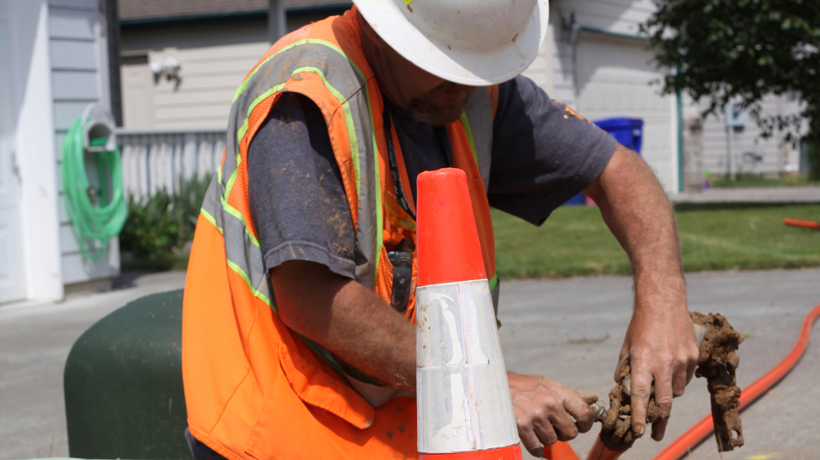Customer service has become a very important metric with utilities companies. Traditionally, customer interaction was limited to customer billing inquiries and service interruption calls. Today, customers expect to have open dialogue with their providers and access to real-time information via online portals, social media, and email messaging. Utilities are proactively reporting on outages and restoration time as well as any other news they may want to pass along to their customers.
However, a lot of that information comes from back-end sources. A majority of time that information source is your outage management system (OMS). An OMS gives your customer service representatives’ real-time, up-to-date information regarding outages with estimated restoration times. They can pass along that information to your customers. An OMS is the managing and reporting backbone of your utility company. That’s why it’s so important that it functions efficiently, especially during thunderstorms and disastrous weather events.
If you want to improve customer service, here are five traits your OMS must have:
1. Your OMS needs to be able to monitor outages at a customer level
Outages occur when a device is not supplying electricity for one reason or another; but not because of the customer. An OMS must be able to assess the functional state of the utility network and report that information as it relates to a single customer address. During outages this is a mandatory function an OMS must complete to be able to give customers the proper outage and restoration information.
2. Your OMS has to synthesize data from multiple inputs
An OMS is an information hub for many utilities companies. It needs to be able to support incoming data from different sources like SCADA, Call Taking, IVR, and AMI inputs. All of these data sources contribute to higher quality information for the utilities company which they can proactively report to customers.
3. Your OMS must be able scale up for large volumes of outages and customers per event
Having an OMS falter or crash during a storm sounds like every utility company’s worst nightmare. During outages your OMS will have to handle a large number of customers per event. For example, breakers may lock out during a storm, putting thousands of customers out of power. But you also have to consider that your OMS will have to handle multiple large events like ice or windstorms where many outages can occur and re-occur. During these demanding times, your OMS will be required to produce and/or update outage results quickly and preferably in real-time.
4. Your OMS needs to be reliable
In terms of accurate information and status updates, your OMS should be able to report on:
- Network model status – connectivity and customer association
- Network status information which is accurate and up-to-date
- System architecture’s ability to support high availability because that becomes more critical in times of crisis
5. Your OMS needs to be accessible
It’s essential to have data made available using COTS such as database techniques, Web Services or ESB’s so integration with other software and system updates are possible without much hassle.
With these five traits in mind, you will be able to realize the benefits that come with a well-rounded and properly configured OMS. An OMS is a technology that should work well with other systems and meet the demanding needs of your company, which in turn create a better relationship between you and your customers.
If you have any comments or questions regarding OMS or improving customer service within a utilities company, leave a comment below or email me directly at pamela.vanasseldonk@intergraph.com.















